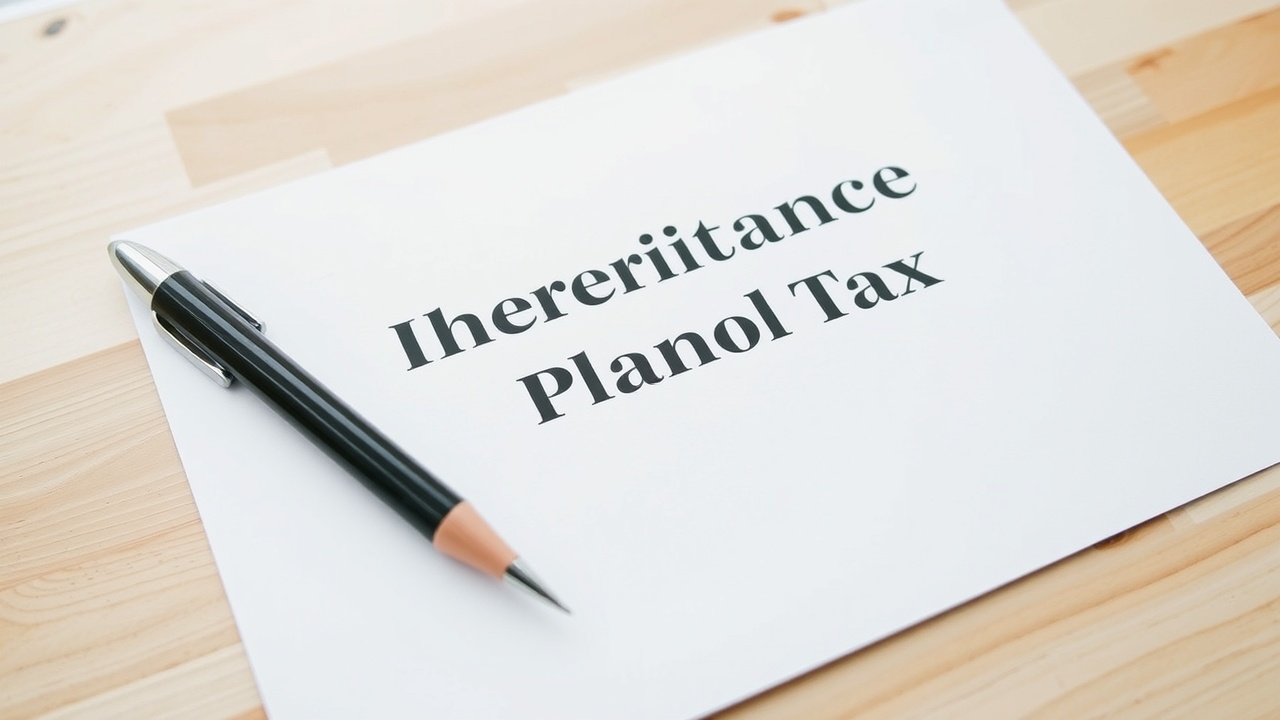
Inheritance tax is more expensive than ever for bereaved families, but there are ways to lower your costs
According to today's (April 23) HMRC update, loved ones who inherited money, property, and other assets paid a record amount in inheritance tax (IHT) last year.
According to official data, inheritance tax receipts in 2024 - 2025 reached £8.2 billion, the fourth consecutive year with a record amount. It exceeds by 750 million, or 10%, the 7.5 billion total from 2023 - 2024.
"For the fourth consecutive year, IHT has produced record-breaking annual tax receipts for the Treasury, thanks to a combination of frozen thresholds and rising property prices," says Stephen Lowe, director of retirement specialist Just Group.
The effect of frozen thresholds and real estate prices on inheritance tax revenues.
Until 2030, all IHT thresholds, including the 325,000 residence nil rate band (the amount each person receives related to the family home that can be passed on IHT-free) and the 175,000 nil rate band (the amount each person can pass on IHT-free), will remain frozen.
With the freeze still in effect for a few years, more and more families will have to pay frequently large IHT rates.
The value of assets, such as real estate, has skyrocketed, pushing more people over the nil-rate limits even though the IHT-free thresholds have been frozen.
"In recent years, property prices have increased rapidly, especially in areas like London and the South East, which in many cases will leave little to no room for additional assets to be left to loved ones before IHT is applied," says Shaun Moore, tax and financial planning expert at wealth manager Quilter.
A greater number of people are paying inheritance taxes.
IHT bills will rise significantly as a result of Chancellor Rachel Reeves' decision to reduce IHT breaks on AIM shares by 50% and to cap relief for business and agricultural property at £1 million starting in April 2026. Beginning in April 2027, beneficiaries of pensions will also be subject to IHT on their transfers.
The Budget's pension changes alone will result in a new or additional IHT liability for 153,000 estates between 2027 and 2030, according to a February 2025 Freedom of Information (FOI) request made to HMRC by investment firm Interactive Investor.
The average IHT liability is projected to be 169,000 in the 2027 - 2028 tax year alone, rising by about 34,000 when pension assets are factored into the estate's value, according to OBR estimates.
Estates of people with relatively small assets and pension savings may be subject to a new IHT liability as a result of the budget pension change.
According to Interactive Investor, a person with a £300,000 mortgage-free home and a £100,000 pension would be subject to an IHT obligation of £30,000 starting in April 2027, which would increase to £110,000 for pensions worth £300,000.
The computations are based on the assumption that the additional residence nil-rate band (175,000) does not apply and that the entire nil-rate band (325,000) is available.
The reputation of the IHT tax is not likely to improve anytime soon, as it has long been a highly unpopular tax. Middle-class families are now subject to what was once thought to be a tax on only the wealthiest families, many of whom may not even be aware that they are impacted, according to Moore.
Crackdown by HMRC.
According to UHY Hacker Young, a national accounting firm, HMRC estimates that wealthy taxpayers underpaid IHT by up to 325 million in the year ending March 31, 2024, despite record receipts.
According to UHY Hacker Young, this amountknown as the tax under considerationmay rise dramatically in the years to come as a result of the April 2026 IHT increases.
Partner Neela Chauhan of the accountants states: "As people attempt to lessen the impact of a sharp tax increase, there is frequently a rise in tax evasion and avoidance. Evasion is likely to be cracked down on.
UHY discovered that HMRC collected an additional 285 million in tax from investigations into IHT underpayment in the tax year that ended on March 31, 2024. This was a 14% increase over the 254 million collected from tax investigations centered on IHT the year before.
How you can reduce your inheritance tax liability.
Although many of them do take longer and involve greater risk, there are still ways to legally lower the inheritance tax that your estate must pay, even in light of recent reforms.
Wealth Club's investment manager, Nicholas Hyett, suggests the following for anyone worried about inheritance tax.
1. Distributing funds before their time
As with some smaller gifts, gifts deducted from regular income that are not thought to have an impact on the giver's standard of living are exempt from inheritance taxes on the first day.
Although you can donate an unlimited amount, it usually takes seven years for these to be fully exempt from inheritance taxes, so timing is crucial.
Naturally, you lose control once you give the money away. It is not an option if you need it returned for an emergency.
2. Putting money into unlisted businesses that need Business Property Relief
After two years, these are usually exempt from inheritance taxes. It can be risky to invest in unquoted businesses, but you keep control instead of giving the money away.
Your total Business Relief Allowance will be one million starting in 2026. Any additional amount will be subject to a 20% tax.
3. Making an AIM ISA investment
The inheritance tax does not exempt ISAs. Forty percent of your hard-earned money may be lost to your loved ones when you die. AIM ISAs are a common, albeit far riskier, method of lowering this.
At the moment, they could be IHT-free in two years. The inheritance tax rate will be 20% starting in 2026.
In a separate guide, we examine ways to protect your ISAs from inheritance tax.














Leave a comment on: If inheritance tax revenues increase by 10%, is it possible to lower your IHT obligations?